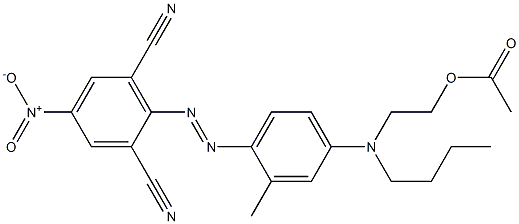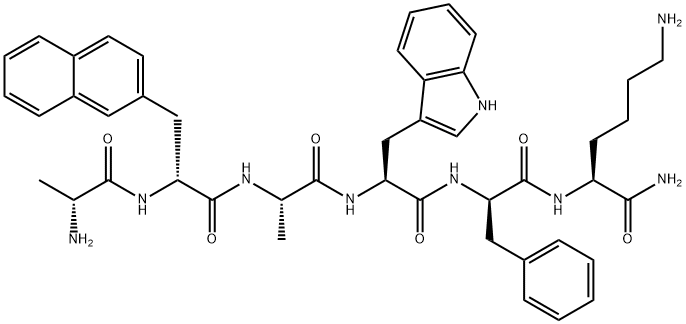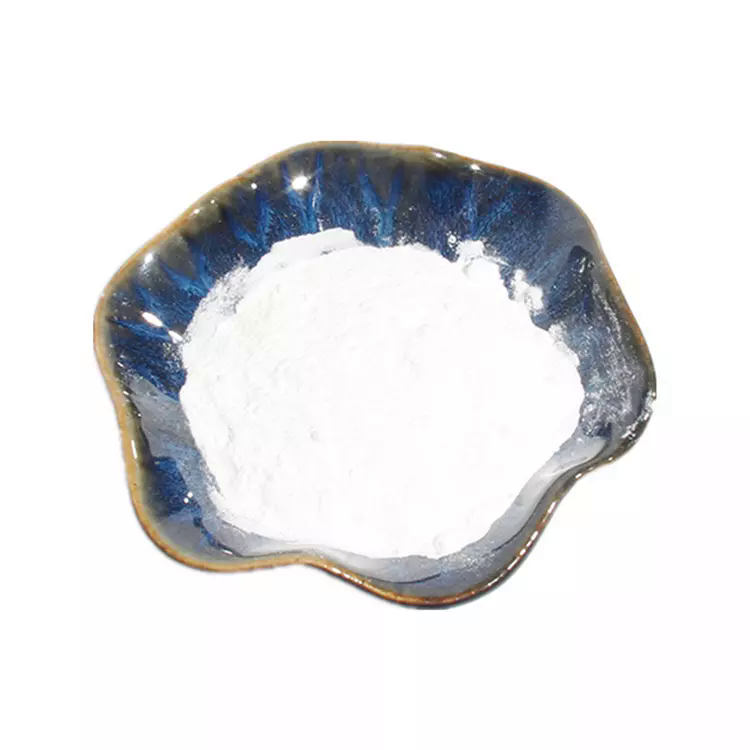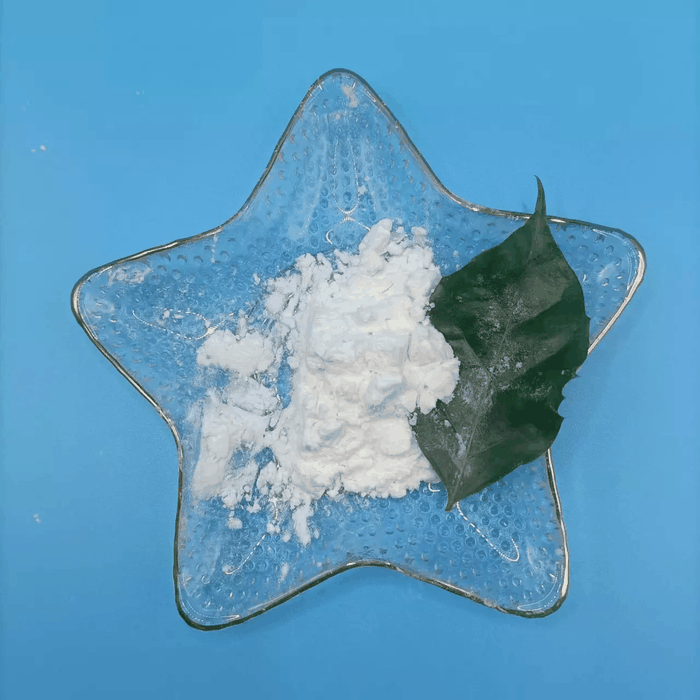Microcrystalline cellulose
Synonym(s):Cellulose;Cellulose microcrystalline;Cellulose powder;Cellulosum microcristallinum;Cotton linters
- CAS NO.:9004-34-6
- Empirical Formula: (C12H20O10)n
- Molecular Weight: 324.28
- MDL number: MFCD00081512
- EINECS: 232-674-9
- SAFETY DATA SHEET (SDS)
- Update Date: 2025-12-17 09:49:44

What is Microcrystalline cellulose?
Chemical properties
Microcrystalline cellulose and carboxymethylcellulose sodium
occurs as a white or off-white odorless and tasteless hygroscopic
powder containing 5–22% sodium carboxymethylcellulose. It is a
water-dispersible organic hydrocolloid.
Chemical properties
Microcrystalline cellulose is a purified, partially depolymerized cellulose that occurs as a white, odorless, tasteless, crystalline powder composed of porous particles. It is commercially available in different particle sizes and moisture grades that have different properties and applications.
Occurrence
The fiber in typical paper can be called “cellulosic”, meaning that cellulose is its most prominent component. Cellulose is present not only in wood, but also in various non-woody plants, such as straw, sugarcane (bagasse), reeds, and hemp.
The Uses of Microcrystalline cellulose
Microcrystalline Cellulose is a gum that is the nonfibrous form of cellulose, an alpha-cellulose. It is dispersible in water but not soluble, requiring considerable energy to disperse and hydrate. In this form it is used in dry applications such as tableting, capsules, and shredded cheese where it functions as a non-nutritive filler, binder, flow aid, and anticaking agent. By the addition of carboxymethylcellulose to the alpha-cellulose prior to drying, improved functional properties of hydration and dispersion are obtained. This product is designed for use in water dispersions, being insoluble in water but dispersing in water to form colloidal sols below 1% and white opaque gels above the 1% usage level. It is used as a heat shock stabilizer and bodying agent in frozen desserts, as an opacifier in low-fat dressings, as a foam stabilizer in whipped toppings, and as an emulsifier in dressings. Also termed cellulose gel.
The Uses of Microcrystalline cellulose
High purity cellulose powders for partition chromatography.
The Uses of Microcrystalline cellulose
ACCEL-101 is most widely used for direct compression tableting and wet granulation. ACCEL-102 has similar compression properties to ACCEL-101. However, it has larger particle size and therefore, may be of value in improving the flow if fine powders. ACCEL
The Uses of Microcrystalline cellulose
cellulose is a thickener and an emulsifier. It is obtained from plants. cellulose (microcrystalline) is used as an emulsifier in cosmetic creams. It is the chief constituent of plant fiber.
The Uses of Microcrystalline cellulose
Wood contains 50–70% cellulose; cotton and other textile fibers of plant origin contain 65–95%; rayon is prepared by dissolving natural cellulose and then precipitating it from solution, with some loss of crystallinity. Cellulose is made into cellophane film and is used to form fibers, resins, coatings and gums.
The Uses of Microcrystalline cellulose
Cellulose is a carbohydrate polymer made up of glucose units. It consists of fibrous particles and is used as a fiber source and bulking agent in low-calorie formulations.
Definition
A natural carbohydrate high polymer (polysaccha- ride) consisting of anhydroglucose units joined by an oxygen linkage to form long molecular chains that are essentially linear. It can be hydrolyzed to glucose. The degree of polymerization is from 1000 for wood pulp to 3500 for cotton fiber, giving a molecular weight from 160,000 to 560,000. Cellulose is a colorless solid, d approximately 1.50, insoluble in water and organic solvents. It will swell in sodium hydroxide solution and is soluble in Schweitzer’s reagent. It is the fundamental con- stituent of all vegetable tissues (wood, grass, cotton, etc.) and the most abundant organic material in the world. Cotton fibers are almost pure cellulose; wood contains approximately 50%. The physical structure of cellulose is unusual in that it is not a single crystal but consists of crystalline areas embedded in amorphous areas. Chemical reagents penetrate the latter more easily than the former. Cel- lulose is virtually odorless and tasteless and is com- bustible, with an ignition point of approximately 450F. In some forms, it is flammable. For example, railroad shipping regulations require a flammable label on such items as burnt fiber, burnt cotton, wet waste paper, and wet textiles. Fires have been known to occur in warehouses in which telephone books were stored. These were undoubtedly due to heat buildup in the paper caused by microbial activity and self-sustaining oxidation.
Production Methods
Microcrystalline cellulose and carboxymethylcellulose sodium is a spray- or bulk-dried blend of microcrystalline cellulose and sodium carboxymethylcellulose. It is prepared by the chemical depolymerization of highly purified wood pulp. The original crystalline areas of the pulp fibers are combined with sodium carboxymethylcellulose, which serves as a protective colloid and also facilitates dispersion of the product; it is then either spray- or bulk-dried.
Production Methods
Microcrystalline cellulose is manufactured by controlled hydrolysis with dilute mineral acid solutions of α-cellulose, obtained as a pulp from fibrous plant materials. Following hydrolysis, the hydrocellulose is purified by filtration and the aqueous slurry is spraydried to form dry, porous particles of a broad size distribution.
General Description
Odorless, white powdery fibers. Density 1.5 g cm-3. The biopolymer composing the cell wall of vegetable tissues. Prepared by treating cotton with an organic solvent to de-wax Cellulose microcrystalline and removing pectic acids by extration with a solution of sodium hydroxide. The principal fiber composing the cell wall of vegetable tissues (wood, cotton, flax, grass, etc.). Technical uses depend on the strength and flexibility of its fibers. Insoluble in water. Soluble with chemical degradation in sulfuric aicd, and in concentrated solutions of zinc chloride. Soluble in aqueous solutions of cupric ammonium hydroxide (Cu(NH3)4(OH)2).
Reactivity Profile
Cellulose microcrystalline is combustible. Incompatible with strong oxidizing agents including bromine pentafluoride, sodium nitrate, fluorine, perchlorates, perchloric acid, sodium chlorate, magnesium perchlorate, F2, zinc permanganate, sodium nitrite, sodium nitrate, sodium peroxide. Nitration with a mixture of nitric and sulfuric acids produces Cellulose microcrystalline nitrates (celluloid pyroxylin, soluble pyroxyline, guncotton) which are flammable or explosive.
Health Hazard
Cellulose is inert and is classified
as a nuisance dust.
It has little, if any, adverse effect on the
lung, and there are no reports of organic
disease or toxic effect. The health effects
attributed to wood, cotton, flax, jute, and hemp
are not attributable to their cellulose content
but rather to the presence of other substances.
Cellulose fibers were found in the blood
and urine of human volunteers fed dyed cellulose;
there were no ill effects.
Pharmaceutical Applications
Microcrystalline cellulose and carboxymethylcellulose sodium is
used to produce thixotropic gels suitable as suspending vehicles in
pharmaceutical and cosmetic formulations. The sodium carboxymethylcellulose
aids dispersion and serves as a protective colloid.
Concentrations of less than 1% solids produce fluid dispersions,
while concentrations of more than 1.2% solids produce thixotropic
gels. When properly dispersed, it imparts emulsion stability, opacity
and suspension in a variety of products, and is used in nasal sprays,
topical sprays and lotions, oral suspensions, emulsions, creams
and gels.
Industrial uses
Cellulose is the main constituent of the structureof plants (natural polymer) that, whenextracted, is employed for making paper,plastics, and in many combinations. Celluloseis made up of long-chain molecules inwhich the complex unit C6H10O5 is repeatedas many as 2000 times. It consists of glucose molecules with three hydroxyl groups foreach glucose unit.
One of the simplest forms of cellulose usedindustrially is regenerated cellulose, in whichthe chemical composition of the finished productis similar to that of the original cellulose. Itis made from wood or cotton pulp digested ina caustic solution. Cellophane is a regeneratedcellulose in thin sheets for wrapping and otherspecial uses include windings on wire andcable.
Biochem/physiol Actions
Cellulose helps in maintaining the structural stability of plant cell walls. It is an important component of paper and fabrics made from cotton, and linen.
Safety Profile
A nuisance dust. When heated to decomposition it emits acrid smoke and irritating fumes.
Safety
Microcrystalline cellulose is widely used in oral pharmaceutical
formulations and food products and is generally regarded as a
relatively nontoxic and nonirritant material.
Microcrystalline cellulose is not absorbed systemically following
oral administration and thus has little toxic potential. Consumption
of large quantities of cellulose may have a laxative effect, although
this is unlikely to be a problem when cellulose is used as an excipient
in pharmaceutical formulations.
Deliberate abuse of formulations containing cellulose, either by
inhalation or by injection, has resulted in the formation of cellulose
granulomas.
Property
Chemically, microcrystalline cellulose is an inert substance, is not degraded during digestion and has no appreciable absorption. In large quantities it provides dietary bulk and may lead to a laxative effect.
Storage
Microcrystalline cellulose and carboxymethylcellulose sodium is hygroscopic and should not be exposed to moisture. It is stable over a pH range of 3.5–11. Store in a cool, dry place. Avoid exposure to excessive heat.
Pharmaceutical Excipient
Microcrystalline cellulose is a commonly used excipient in the pharmaceutical industry. It has excellent compressibility properties and is used in solid dose forms, such as tablets. Tablets can be formed that are hard, but dissolve quickly. Microcrystalline cellulose is the same as cellulose, except that it meets USP standards.
Incompatibilities
Microcrystalline cellulose is incompatible with strong oxidizing agents.
Regulatory Status
Microcrystalline cellulose and carboxymethylcellulose sodium is a mixture of two materials both of which are generally regarded as nontoxic:
Microcrystalline cellulose GRAS listed. Accepted for use as a food additive in Europe. Included in the FDA Inactive Ingredients Database (inhalations; oral capsules, powders, suspensions, syrups, and tablets; topical and vaginal preparations). Included in nonparenteral medicines licensed in the UK. Included in the Canadian List of Acceptable Non-medicinal Ingredients.
Carboxymethylcellulose sodium GRAS listed. Accepted as a food additive in Europe. Included in the FDA Inactive Ingredients Database (dental preparations; intra-articular, intrabursal, intradermal, intralesional, and intrasynovial injections; oral drops, solutions, suspensions, syrups and tablets; topical preparations). Included in nonparenteral medicines licensed in the UK. Included in the Canadian List of Acceptable Nonmedicinal Ingredients.
Properties of Microcrystalline cellulose
| Melting point: | 76-78 °C(Solv: acetone (67-64-1); chloroform (67-66-3)) |
| Density | 1.5 g/cm3 (20℃) |
| refractive index | n20/D 1.504 |
| Flash point: | 164 °C |
| storage temp. | room temp |
| solubility | Practically insoluble in water, in acetone, in anhydrous ethanol, in toluene, in dilute acids and in a 50 g/L solution of sodium hydroxide |
| form | powder |
| color | White or almost white |
| Odor | Odorless |
| PH | 5-7.5 (100g/l, H2O, 20℃)(slurry) |
| Water Solubility | insoluble |
| Merck | 14,1965 |
| Exposure limits | ACGIH: TWA 10 mg/m3 OSHA: TWA 15 mg/m3; TWA 5 mg/m3 NIOSH: TWA 10 mg/m3; TWA 5 mg/m3; TWA 1 mg/m3 |
| Dielectric constant | 3.2(Ambient) |
| Stability: | Stable. Combustible. Incompatible with strong oxidizing agents. |
| EPA Substance Registry System | Cellulose (9004-34-6) |
Safety information for Microcrystalline cellulose
| Pictogram(s) |
 Exclamation Mark Irritant GHS07 |
| GHS Hazard Statements |
H335:Specific target organ toxicity, single exposure;Respiratory tract irritation |
| Precautionary Statement Codes |
P261:Avoid breathing dust/fume/gas/mist/vapours/spray. P304+P340:IF INHALED: Remove victim to fresh air and Keep at rest in a position comfortable for breathing. P405:Store locked up. P403+P233:Store in a well-ventilated place. Keep container tightly closed. |
Computed Descriptors for Microcrystalline cellulose
| InChIKey | UFHFLCQGNIYNRP-UHFFFAOYSA-N |
Microcrystalline cellulose manufacturer
Gangwal Healthcare Pvt Ltd
Vasa Pharmachem Pvt Ltd. (VPPL)
New Products
4,4-Difluoropiperidine hydrochloride tert-butyl 9-methoxy-3-azaspiro[5.5]undecane-3-carboxylate Indole Methyl Resin N-Isopropylurea N,N-Dicyclohexylcarbodiimide(DCC) MELDRUMS ACID 5-METHYLISOXAZOLE-4-CARBOXYLIC ACID Magnessium Bis glycinate Zinc ascorbate 1-bromo-2-butyne 2-acetamidophenol 9(10H)-anthracenone Erythrosin B, 4-Piperidinopiperidine 2-((4-morpholinophenylamino) (methylthio) methylene) malononitrile 2,4-dihydroxybenzaldehyde 3-(4-morpholinophenylamino)-5-amino-1H-pyrazole-4-carbonitrile Methyl 2-methylquinoline-6-carboxylate 2,6-dichloro-4-nitropyridine 4-Bromo-2-chlorobenzonitrile 2-(benzylamino)acetic acid hydrochloride 4-(tert-Butoxycarbonylamino)but- 2-ynoic acid 3,4-dihydro-2H-benzo[b][1,4]dioxepine 1-Phenyl-1-cycloprppanecarboxylicacidRelated products of tetrahydrofuran








You may like
-
 Microcrystalline cellulose 99%View Details
Microcrystalline cellulose 99%View Details -
 Cellulose, powdered 99%View Details
Cellulose, powdered 99%View Details -
 Microcrystalline cellulose 98%View Details
Microcrystalline cellulose 98%View Details -
 Microcrystalline cellulose 99%View Details
Microcrystalline cellulose 99%View Details -
 Microcrystalline cellulose 99%View Details
Microcrystalline cellulose 99%View Details -
 Microcrystalline cellulose 98%View Details
Microcrystalline cellulose 98%View Details -
 Microcrystalline cellulose 99%View Details
Microcrystalline cellulose 99%View Details -
 Microcrystalline cellulose 99%View Details
Microcrystalline cellulose 99%View Details
